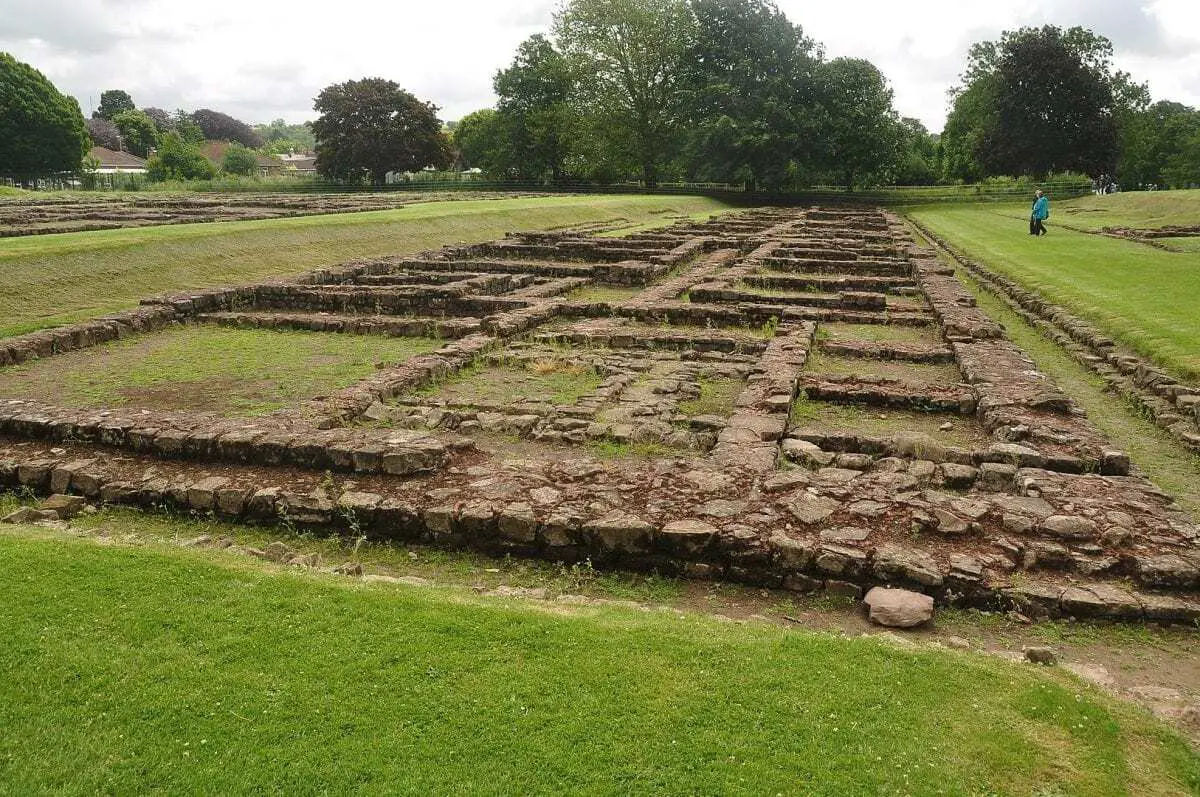A team of archaeologists from the University of Cardiff will be conducting excavations of the possible vicus at the Roman Fortress of Caerleon, also called Isca Augusta.
Back in 2010, a series of buildings were located just adjacent to the fort using geophysical surveys that revealed indications of bathhouses, temples and various other domestic buildings.
Small test trenches also revealed what is thought to have been a quayside wall where ships would have docked and unloaded their cargoes for the military garrison at Caerleon and other forts in Wales.
Now, a four-week excavation undertaken by archaeologists from Cardiff is aiming to shed light on the remains of these important buildings.
Dr Peter Guest, School of History, Archaeology and Religion said: “The great thing about an archaeological discovery like this is there are lots of new questions that we just don’t have definite answers to at the moment.
The presence of this suburban complex implies that the fortress was intended to become a major administrative center in western Roman Britain, but for some reason this never happened. When was it built? What were the buildings for? Who were the people using them and what happened to them after the legion left Caerleon? That’s what we’re hoping our excavation of this important site will tell us.”
Header Image Credit :







